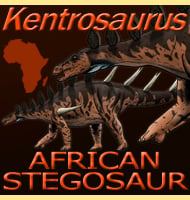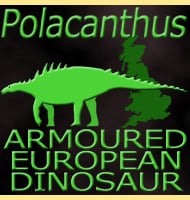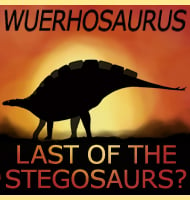Kentrosaurus
In Depth After Stegosaurus itself, Kentrosaurus is easily the best known of the stegosaurs. Many herbivores were known to have herded, and support for this in Kentrosaurus comes from the massive collection of bones from the Tendaguru beds. Like other Stegosaurs, Kentrosaurus was considered to be a low browser, although it’s considered possible for Kentrosaurus … Read more


